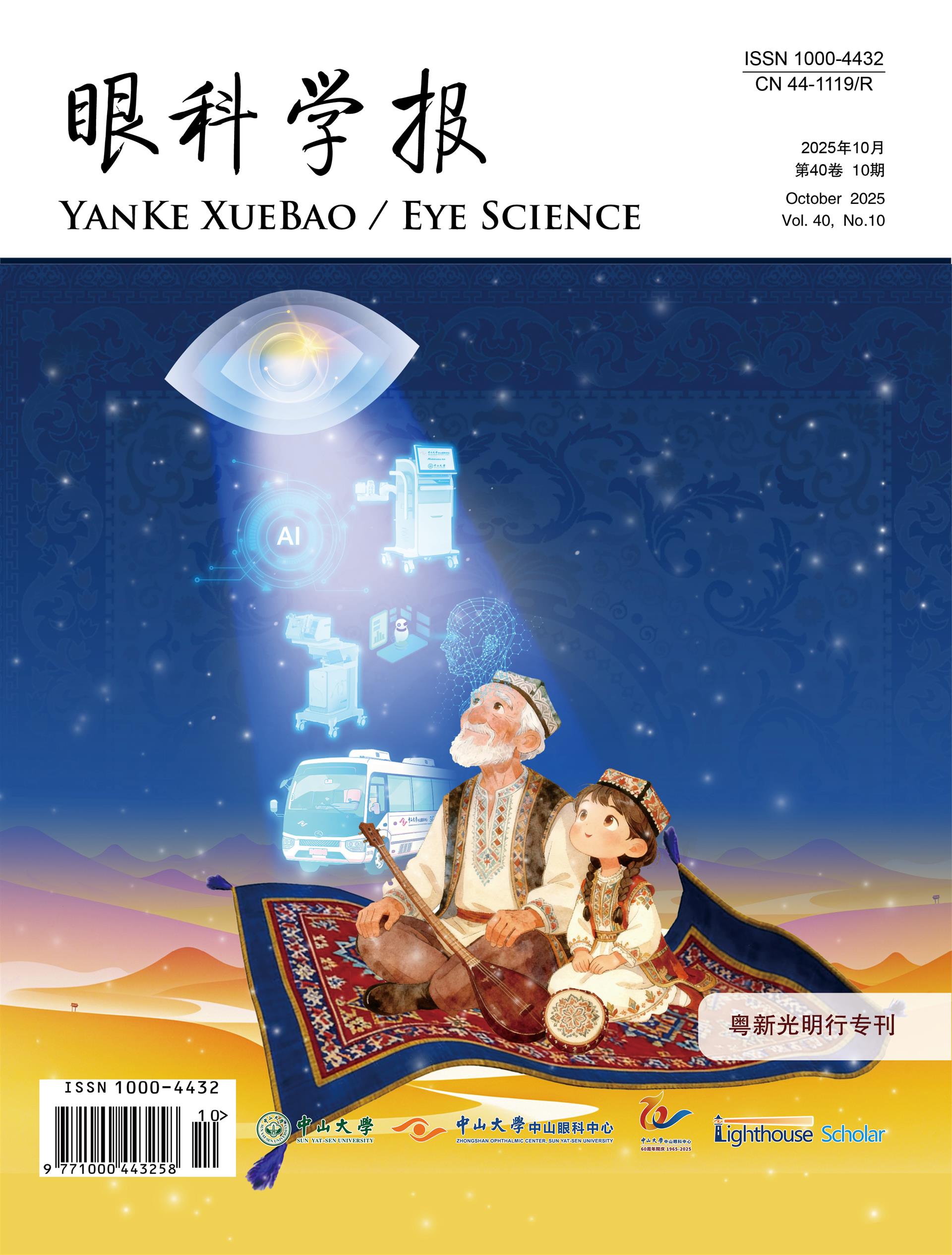As global urbanization accelerates, with the urban population projected to reach 68% by 2050, the impact of urban environments on eye health has emerged as a significant public health issue. From the "global pandemic" of myopia to the surge in diabetic retinopathy, from visual fatigue induced by blue light exposure to age-related glaucoma and macular degeneration, urban lifestyles are reshaping the epidemiological landscape of ophthalmic diseases. This issue focuses on "Urban Eye Health," aiming to integrate cutting-edge research findings worldwide and explore how to establish a sustainable eye health management system through technological innovation, policy coordination, and community intervention.
The double-edged sword effect of urbanization is particularly evident in the field of eye health. On the one hand, improved education levels and concentrated medical resources have facilitated higher eye disease screening rates; on the other hand, drastic lifestyle changes have led to the emergence of new pathogenic risks. World Health Organization (WHO) data shows that the global prevalence of myopia has risen from 22% in 2000 to 36% in 2020 [1], with urban adolescent myopia rates exceeding 80% in East Asia. [2] Research by the Zhongshan Ophthalmic Center team in a Lancet subsidiary journal further reveals that Chinese urban children spend less than one hour daily on outdoor activities but over four hours on near-work activities, posing a core challenge for myopia prevention and control.
Meanwhile, the association between metabolic diseases and eye health is increasingly tight. Epidemiological surveys by Zhongshan Ophthalmic Center,Sun Yat-sen University (ZOC) indicate that among Chinese urban diabetics, the detection rate of retinopathy is 24.7%, with 30% experiencing irreversible vision impairment due to delayed screening. [3] This trend is closely linked to the high-sugar diets and sedentary lifestyles of urban populations globally, suggesting an urgent need to shift from the traditional "treatment-centered" model to a "prevention-screening-management" life cycle approach. WHO also appeal to integrate health in urban and territorial planning.
AI and Telemedicine: A "novel three-tiered diagnosis and treatment model" utilizing digital intelligence technology has been proposed by ZOC: "home-based self-screening - community-based screening - hospital referral." [4] The novel model exhibits the highest health economic value in cataract diagnosis and treatment compared to other models such as no screening, remote screening, and traditional AI-based screening model. Furthermore, early detection of visual impairment in young children is crucial but challenging due to limited cooperation with standard tests. A mobile health system, Apollo Infant Sight (AIS), has been developed by ZOC. [5] In at-home tests by untrained parents or caregivers, AIS adapted to various conditions and achieved an AUC of 0.859. This system holds potential for use by healthcare professionals, parents, and caregivers in identifying visual impairment in young children across a range of ophthalmic disorders.
The social and natural environments are significantly linked to the growth rate of myopia among urban school-aged children. An annual prospective cohort study shows that the overall annual prevalence of myopia decreased by 4.0% when the campus Normalized Difference Vegetation Index (NDVI) generally exceeded 0.3. [6] This environmental intervention shows promise as an ideal model for achieving the reduction in myopia prevalence outlined in the "Implementation Plan for Comprehensive Prevention and Control of Myopia Among Children and Adolescents," issued jointly by eight national departments.
The complexity of urban eye health necessitates transcending traditional medical boundaries and establishing a multi-stakeholder collaborative ecosystem. ZOC's "Guangzhou Model" provides a reference: advocating for revisions to the "Lighting Standards for Primary and Secondary School Classrooms," incorporating eye health indicators into the "Healthy City" evaluation system; establishing a "1+N" tiered diagnosis and treatment network with community health service centers, enhancing efficiency through AI pre-screening, expert review, and targeted referral; collaborating with technology institutions to develop a VR visual training system, using gamification to improve children's compliance; and leading the "Guangdong-Hong Kong-Macao Greater Bay Area Eye Health Alliance," integrating data from 22 institutions to establish a multi-omics epidemiological database. This model closely aligns with the WHO's "Integrate People-centered Eye Care" (IPEC) framework, reflecting a paradigm shift from "disease treatment" to "health empowerment."
Faced with ongoing urbanization challenges, ZOC launched “China Urban Eye Health Index Project” to quantitatively evaluate the promoting effect of urban construction on residents' eye health. We call for the establishment of a dynamic risk assessment system, utilizing digital twin technology to construct an "Urban Visual Health Map" for real-time monitoring of risk factors like light pollution and eye-use load. We advocate for developing interdisciplinary research methods, promoting deep integration of ophthalmology with neuroscience, environmental engineering, and social behavior studies, as exemplified by ZOC's ongoing "Urban Lighting Rhythm-Biological Clock-Eye Axis Growth" research. Additionally, we emphasize strengthening health economics research to quantify the socio-economic value of eye health interventions, providing evidence-based support for policy formulation. A Chinese national study estimates that every yuan invested in adolescent myopia prevention can save 17 yuan in future medical expenditures. [7]
We aspire, through the efforts of the academic community, to ensure that every urban resident enjoys the "right to see"—a commitment not only to individual quality of life but also a civilized benchmark for building an inclusive society.


























